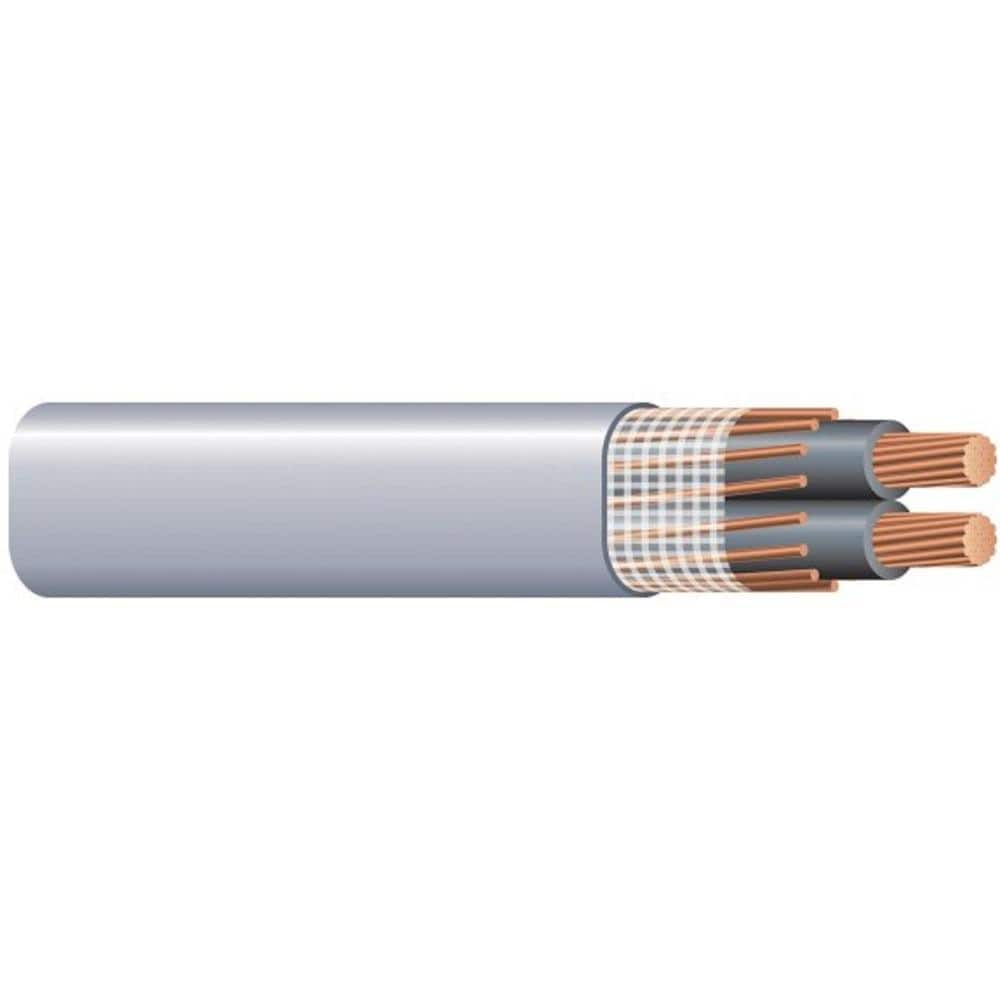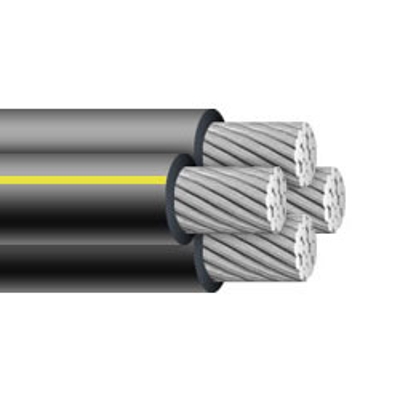John Frum
Tell me your problems
- Joined
- Nov 30, 2019
- Messages
- 15,233
Part of that question should be, why have auto transformers at all?The autotransformer provides the split phase. The question is do you do it at location A and send split phase to B & C, or do you send single phase from A to autotransformers to B & C.
If the un-balanced current is low enough that voltage drop is within spec on the neutral then no transformers are required.
I'm sure you know this but for those who don't...
If the load on L1 is 10A@120VAC and the load on L2 is 5A@120VAC then the neutral only carries the 5 amp imbalance.
Voltage drop is about distance, voltage and current.
On the other hand, maybe its worth while to step up the voltage to 480VAC for distribution and step it back down at the remote buildings.
Then treat each panel as a main panel with its own neutral/ground bond and earthing.
Last edited:




